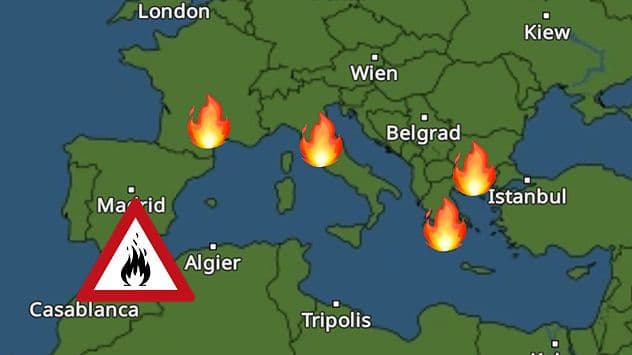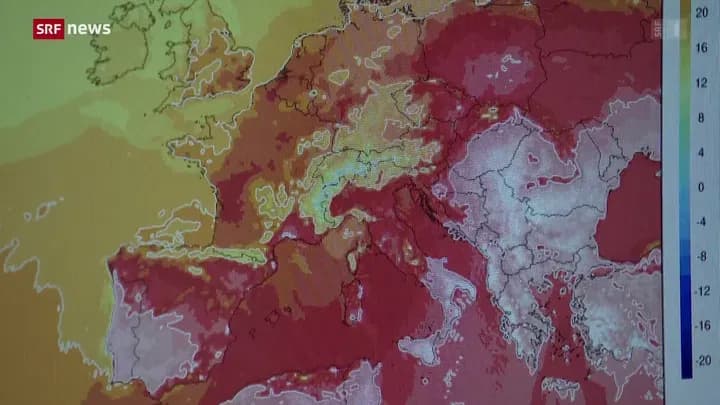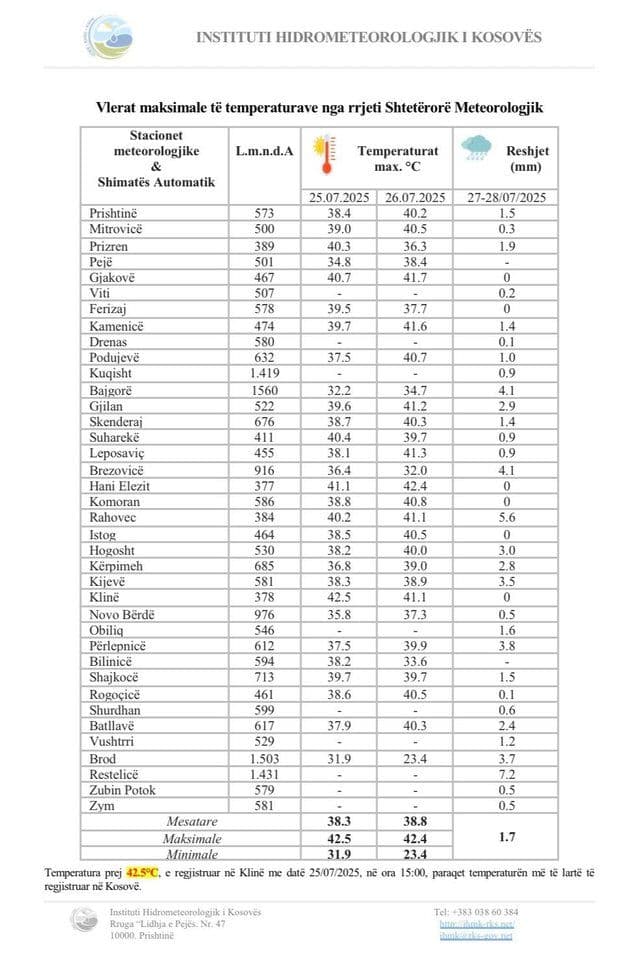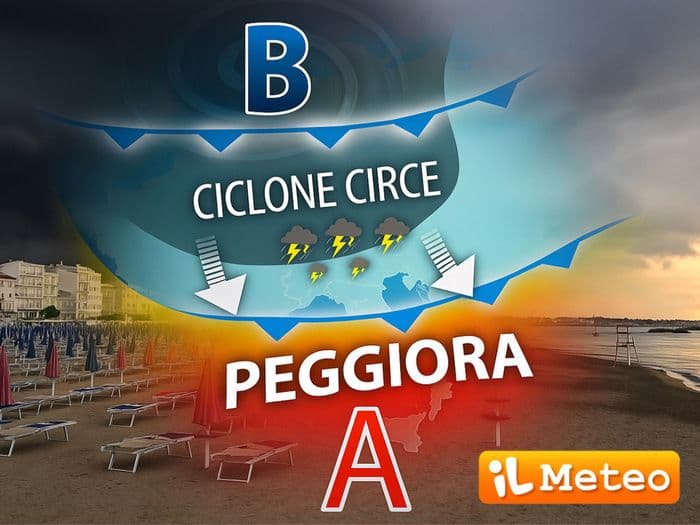Beyond the Thermometer: How Italy Adapts to its Enduring Heat
Italy faces its new reality of extreme heat. Explore profound changes to work, water, and life as a nation learns to live with a warming climate.

The New Climate Normal: Italy's Escalating Heat Crisis
Italy is grappling with an unprecedented shift in its climate, where once-rare heatwaves are becoming the alarming norm. The summer of 2025 serves as a stark example, with an African high-pressure system, ominously dubbed "Kamel," pushing temperatures to dangerous extremes. Regions like , , , and the expansive are bearing the brunt of this intense heat. Meteorologists, such as from , are sounding the alarm, predicting figures that could shatter existing records. Sicily, in particular, faces the grim possibility of reaching a scorching 50 degrees Celsius in the shade, potentially surpassing Europe's current record of 48.8 degrees set in Floridia back in 2021. Even in , temperatures are soaring to 37 degrees. This isn't just about daytime highs; the nights offer little respite, with so-called 'tropical nights' seeing temperatures barely dropping below 20 degrees in the north and climbing to 28 degrees in the south, exacerbated by stifling humidity in the Po Valley. The inland areas of Sicily, devoid of the cooling sea breeze, are especially vulnerable, illustrating how specific geographical conditions intensify the crisis. What we're witnessing is a fundamental redefinition of Italy's summer experience, transitioning from occasional discomfort to an enduring climate challenge.
Life Under the Sun's Tyranny: Daily Impacts on People and Infrastructure
The relentless Italian sun is not merely a meteorological phenomenon; it's a pervasive force disrupting daily life and straining essential infrastructure. The oppressive heat, particularly the tropical nights that offer no chance for the body to cool down, exacts a heavy toll on human health and well-being. The high humidity in the Po Valley intensifies the perceived heat, making even moderate temperatures feel unbearable and contributing to a sense of accelerated aging, as some health experts suggest. Beyond individual discomfort, the sheer demand for cooling leads to significant stress on power grids, resulting in blackouts across the nation – a direct consequence of an infrastructure struggling to cope with unprecedented energy consumption. Imagine the disruption to homes, businesses, and critical services when the lights go out in the middle of a sweltering night. Furthermore, the absence of a cooling sea breeze in Sicily’s interior, particularly between Syracuse and Catania, creates pockets of extreme heat where the air remains stagnant and scorching. This environmental pressure doesn't just affect human comfort; it also elevates the risk of widespread wildfires, which can devastate landscapes, displace communities, and further strain emergency services. The impacts are profound, touching every facet of daily existence and revealing the fragility of systems built for a cooler past.

The Vanishing Drops: Italy's Deepening Water Scarcity
As Italy endures escalating heat, another critical crisis deepens beneath the surface: a severe and worsening water scarcity. The scorching summer temperatures are compounding the effects of a winter with insufficient precipitation and a notoriously unpredictable spring, creating an 'explosive mixture' that threatens the nation's water reserves. Sicily, already on the front lines of the heat crisis, exemplifies this dire situation. Many of its vital reservoirs are alarmingly close to empty, forcing authorities in various regions to implement water rationing measures. This isn't just an inconvenience; it affects everything from agriculture, a cornerstone of the Italian economy, to basic household needs, impacting the lives of millions. The low water levels also exacerbate other environmental hazards, most notably increasing the risk and intensity of wildfires across Southern Europe, including widespread blazes and evacuations in Italy. The parched landscapes become tinderboxes, turning minor sparks into devastating infernos that destroy ecosystems and threaten human settlements. The vanishing drops are a stark reminder of the interconnectedness of climate phenomena, where prolonged heat directly translates into a struggle for one of life's most fundamental resources, forcing communities to confront a future with less and less water.
Forging Resilience: Adaptive Strategies and Policy Shifts
In the face of relentless heatwaves and deepening crises, Italy is not merely enduring but actively forging resilience through adaptive strategies and significant policy shifts. Recognizing that extreme heat is no longer an anomaly but a persistent challenge, authorities are implementing measures to protect their citizens and critical infrastructure. A prime example is the Lombardy region, which has enacted a ban on outdoor work between 12:30 PM and 4:00 PM, a crucial period when temperatures peak, extending this vital protection until mid-September. This proactive step aims to safeguard workers from heatstroke and exhaustion. Other regions across Italy are reportedly planning similar protective measures, indicating a broader, coordinated national response to the climate emergency. This represents a fundamental shift in governance, moving from reactive emergency responses to proactive, long-term adaptation planning. Beyond immediate worker protection, this policy evolution also implies a need for broader urban planning adjustments, such as creating more green spaces, enhancing public cooling centers, and investing in resilient energy infrastructure to prevent future blackouts. Italy's approach signals a growing understanding that adapting to the 'new normal' requires systemic changes, demonstrating how policy can directly address the escalating human and economic costs of a warming world.
A Blueprint for Tomorrow: Italy's Lesson for a Warming World
Italy's ongoing battle with its enduring heatwaves offers crucial lessons for a warming world, positioning the nation as a vital case study in climate adaptation. What was once considered exceptional is now routinely experienced across its diverse landscapes, from the scorching plains of Sicily to the humid Po Valley. The challenges Italy faces — record-breaking temperatures, suffocating tropical nights, strained infrastructure leading to blackouts, and severe water scarcity — are not unique but are intensifying globally. The adaptive strategies being implemented, such as mandatory midday work bans in Lombardy and other regions, represent practical, immediate steps to protect human life and productivity. However, the deeper lesson lies in the recognition that these are not temporary fixes but components of a necessary, long-term transformation. Italy's experience underscores the urgency of comprehensive water management reforms, the need for climate-resilient urban design, and the critical importance of public health initiatives tailored to extreme heat. For other nations bracing for similar climate impacts, Italy's journey provides a blueprint: it highlights the necessity of proactive policy, the integration of climate resilience into every sector, and the fundamental shift in mindset from mitigating a future threat to adapting to a present reality. As the planet warms, Italy’s evolving response serves as a powerful testament to the human capacity for adaptation, offering insights that could shape the resilience of communities worldwide.
Related Articles

Italy's Scorched Horizon: Adapting to Summers That Aren't Just Hot Anymore

Italy's Scorched Horizon: Adapting to Summers That Aren't Just Hot Anymore

Italy's Summer Paradox: From Alpine Deluge to Sicilian Inferno

Italy's Summer Paradox: From Alpine Deluge to Sicilian Inferno

The Mercury's New Horizon: Navigating an Era of Unfamiliar Climates

The Mercury's New Horizon: Navigating an Era of Unfamiliar Climates

Italy's Atmospheric Awakening: Navigating a Summer of Unprecedented Volatility
